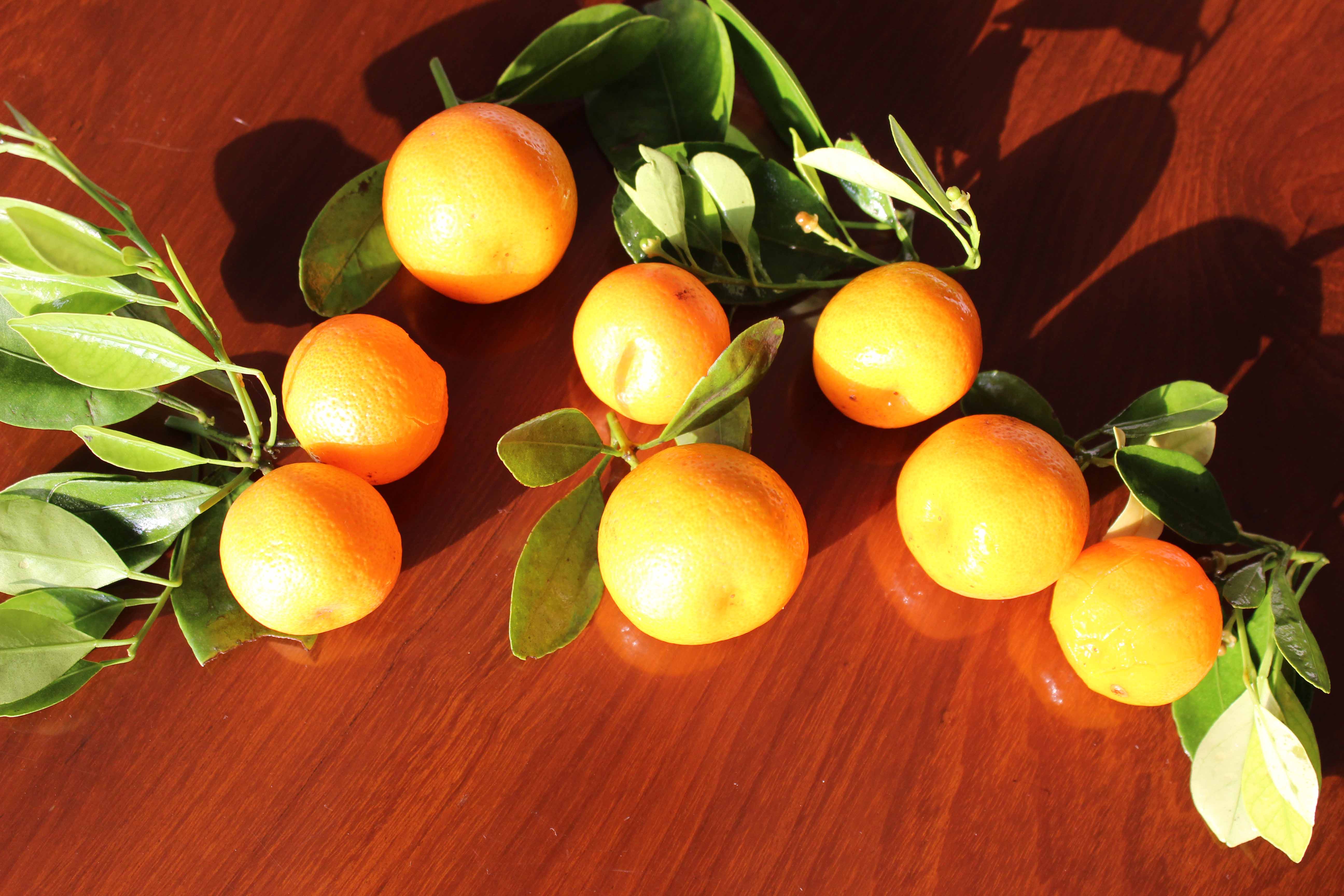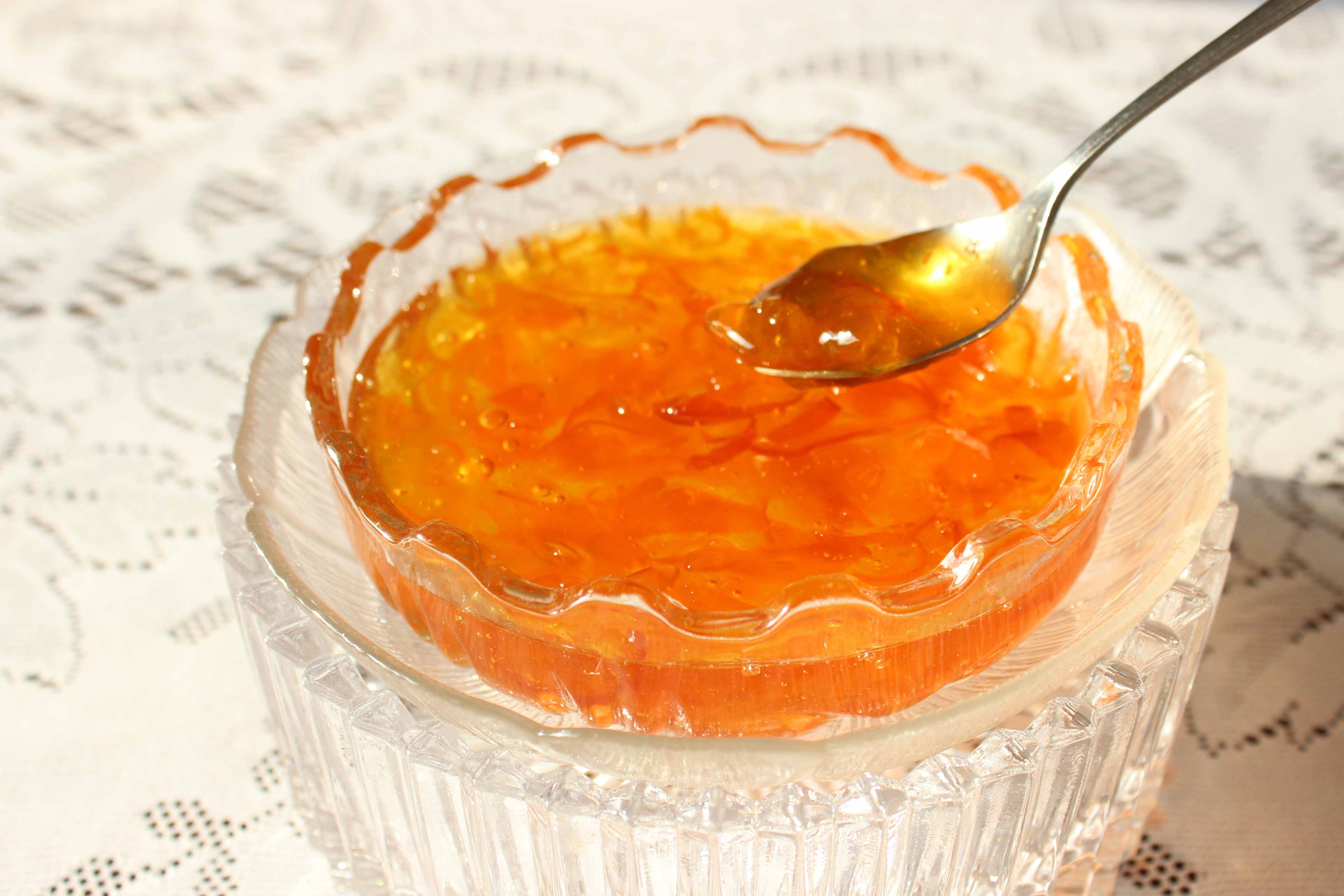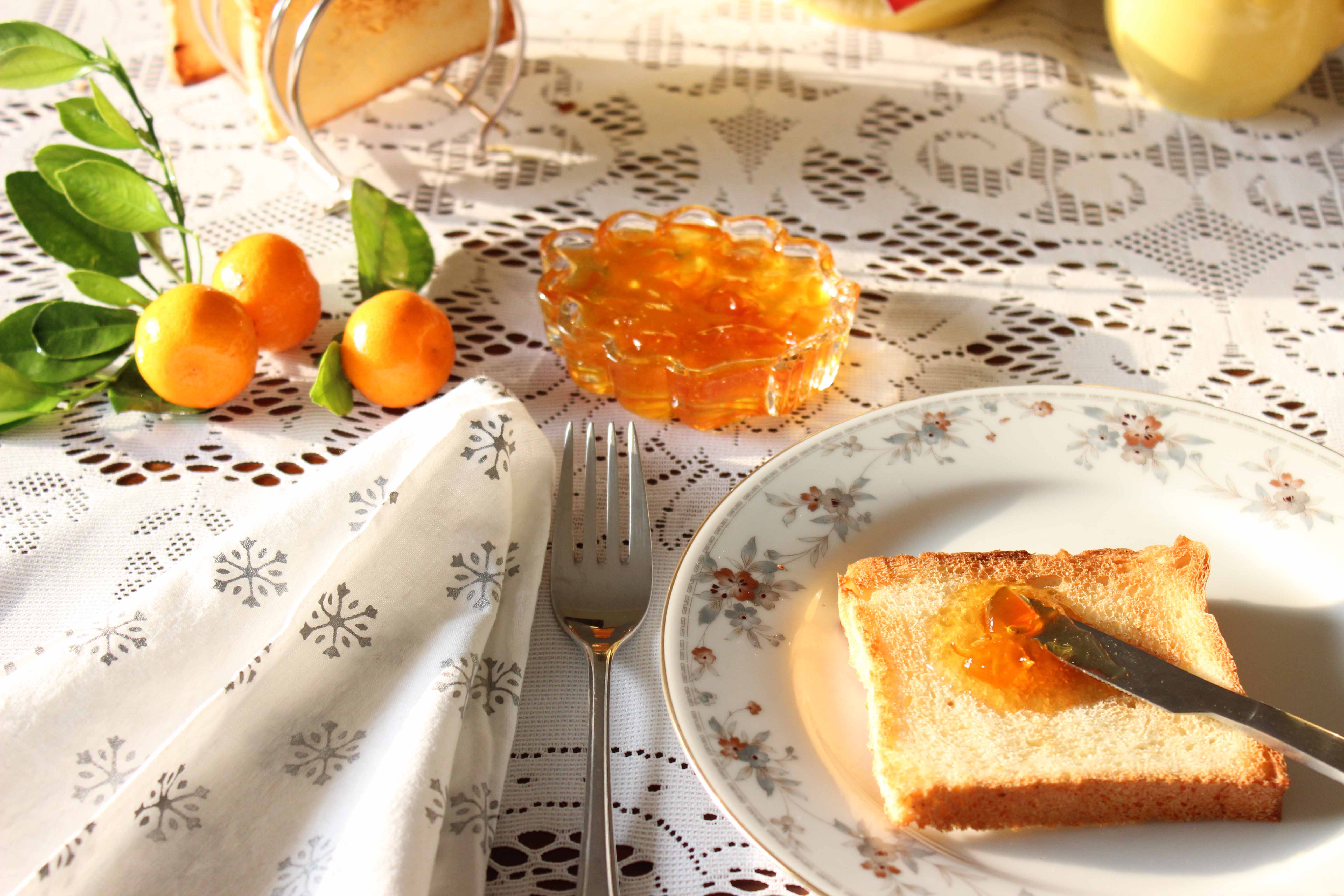Marmalade is a fruit preserve made from the juice and peel of citrus fruits boiled with sugar and water. It can be produced from kumquats, lemons, limes, grapefruits, mandarins, sweet oranges, bergamots and other citrus fruits, or any combination thereof. Marmalade is generally distinguished from jam by its fruit peel. ~ Wikipedia
Shivani Khanna shares her recipe of marmalade made with round orange kumquats or narangis as they are called in India. It has a slightly bitter taste from the peels of the narangis. The recipe is simple, just a little care needs to be taken to get the real consistency.

Shivani is an avid reader, progressing from books to the electronic gadgets her family has presented her with.
Cooking is a passion which she monetised by making liquor filled chocolates commercially, suppling cakes and desserts on order and then starting a cooking studio.
At Sttudio 292, she taught cooking skills and techniques that would help her students feel more comfortable in the kitchen, because according to her, ‘recipes are important, but to know how to cook is more important’.
In her mother’s garden there is a huge tree laden with narangis come February – March. Wondering how best to use these narangis, she stumbled upon a family recipe which her kind neighbour shared with her.
She further tweaked the shared marmalade recipe to get a gloriously golden, translucent jam, part sweet and part tart. She makes enough to last the whole year to be used for breakfast, in cakes and desserts.
She stores it in the refrigerator where it keeps very well, as in Gurgaon where she stays, the summer temperatures can go up to 45*C.



The benchmark citrus fruit for marmalade production in Britain is the Spanish Seville orange, prized for its high pectin content, which gives a good set. The peel has a distinctive bitter taste which it imparts to the marmalade.
The Narangi or the Round Kumquat closely resembles the orange but is much smaller in size. The peel of the Indian Narangi is bitter in flavour and the fruit has a sour taste. The fruit is too sour to eat raw and is mainly used to make marmalades, jellies and pickles. The bitterness of the peel, makes the marmalade made from Narangi taste similar to marmalade made from Seville oranges.

Ripe, juicy, orange narangis are best for making marmalade. The seeds contain pectin and help in setting the marmalade, so are used in the first boil. The trick is to wrap them in a muslin cloth which makes them easy to remove. The addition of water in the recipe helps to melt the sugar.
Removing of the scum which rises to the surface is necessary. If not removed, it crystallizes the jam when the marmalade is kept in the refrigerator. It is also important to cook it on a rolling boil or the peel will over cook. To see if the right consistency has been reached, Shivani does the cold plate test. She likes to keep her marmalade a bit thin as she stores it in the refrigerator where it thickens on cooling.

At once bitter, sweet, chunky-textured and semi-liquid, orange marmalade is more than a breakfast spread. It embodies a tradition that has lasted some 250 years and which extends to nearly every nation that was colonized by the English. A necessity, an identifier and a constant reminder of home, marmalade is part of the British psyche. ~ Elizabeth Field
Marmalade
Kumquat Citrus Jam
Ingredients ~
1/2 kg ripe narangi/round kumquat
1 kg sugar
1 cup water
Method ~
1. Cut the narangis into halves around the centre.
2. Remove the seeds and tie them in a muslin cloth to form a small muslin bag of seeds.
3. Further cut the narangi halves into thin strips, including the skin and the flesh.
4. In a pressure cooker add the narangi bits, 1 cup water, the muslin bag of seeds and 1/2 kg of sugar.
5. Bring the pressure cooker to one whistle and switch off the heat.
6. Once the steam has settled, open the pressure cooker and remove the muslin bag of seeds.
7. Add the remaining 1/2 kg of sugar and cook the mixture on high flame.
Alternatively, cook the narangi bits with the water, the muslin bag of seeds and the sugar in a heavy bottom pan on medium heat till the sugar melts, then cook on a rolling boil.
8. With a wide spoon, remove the scum that boils up to the surface.
9. Place a small plate in the freezer.
10. When the marmalade starts coating the spoon, drop a spoonful on the cold plate and if it does not flow, its ready. It will thicken on cooling.
11. Take off the heat and let it cool a bit.
12. While it is still warm, fill in clean bottles and let it cool uncovered.
~ Keep the bottles in a cool place away from heat. If you stay in a hot climate, refrigerate to make it last longer.

